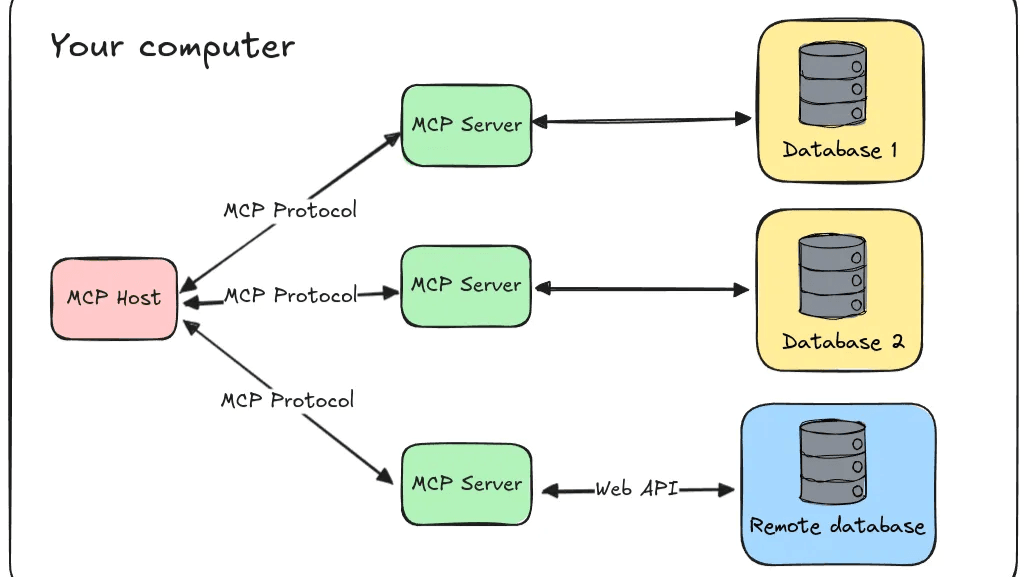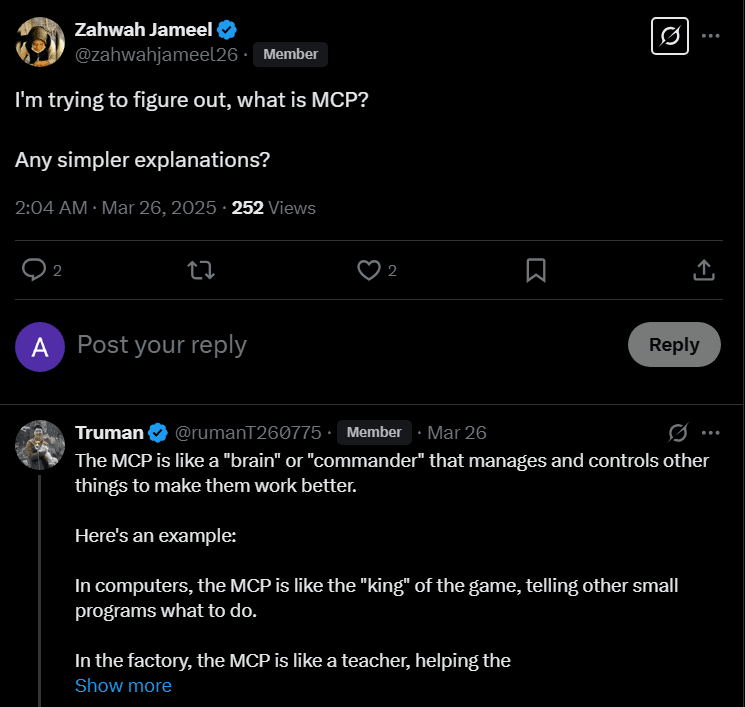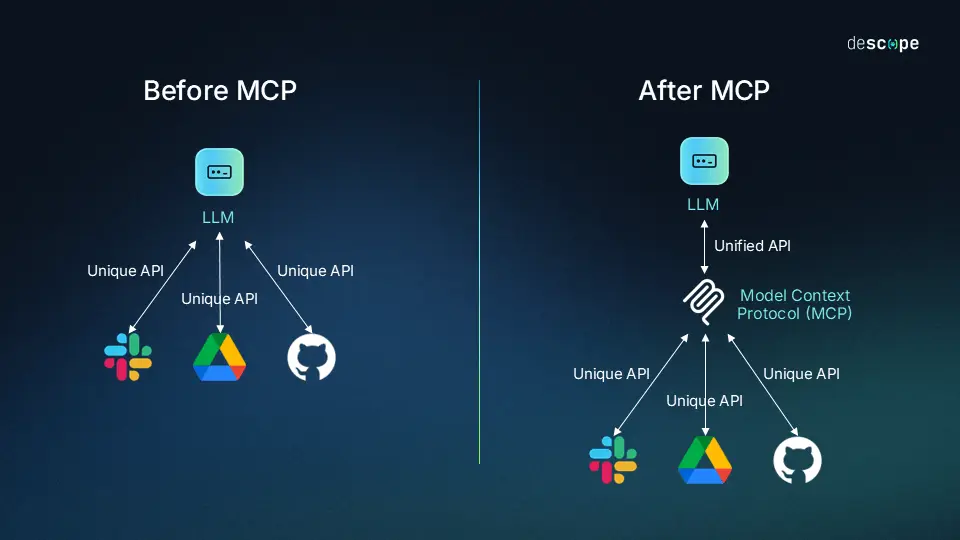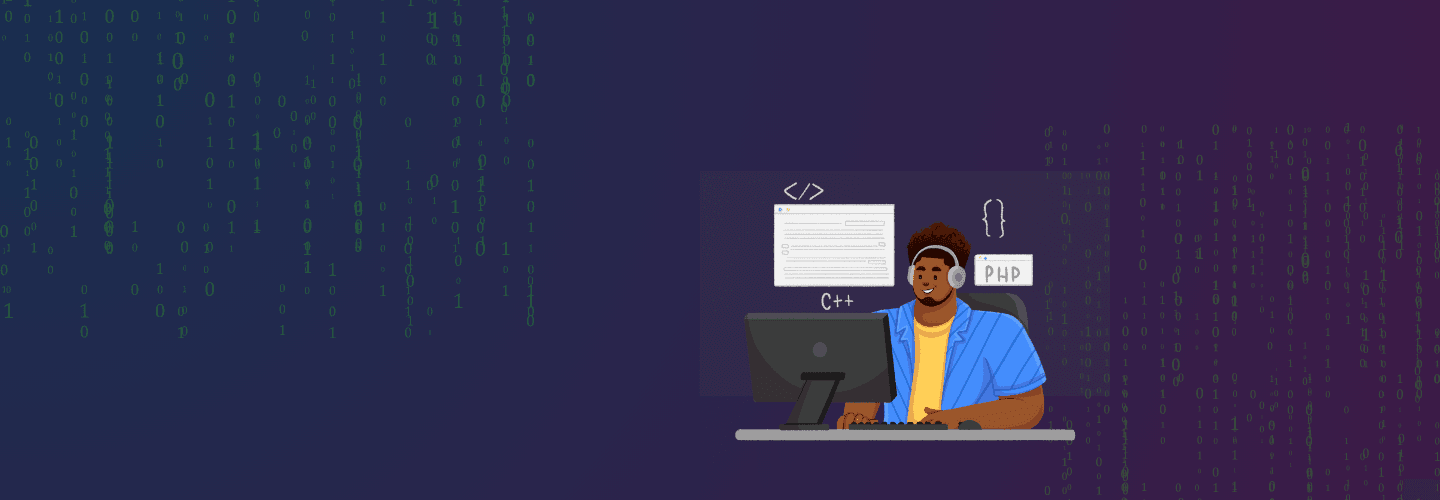Vibe coding is on everyone’s mind. It requires no coding knowledge, and you can work on your personal websites all by yourself. From hobbyists to future developers, everyone is vibe coding because it’s so fun!
But as vibe coding grows, we need a way to make AI-powered coding more structured and reliable. That’s where Model Context Protocol (MCP) steps in. It’s what’s helped vibe coding become more adaptive. It has helped AI understand context better, connect to tools easily, and generate code that works in the real world.

What is MCP?
Anthropic launched the Model Context Protocol (MCP) initiative to facilitate communication between AI models, such as Claude, and tools and data sources.
MCP is like a universal adapter for AI-powered software development. It standardizes the way AI interacts with different data sources and tools, making AI assistants more powerful, accurate, and useful.

Instead of manually setting up complex API connections, MCP provides a framework that allows AI to access project files, databases, and external tools securely and efficiently.
It’s like giving your AI co-pilot an all-access pass to the resources it needs to build software properly.
Why does MCP matter for vibe coding?
Right now, vibe coding is great for quick ideas and simple apps. But what if you want to take it further? What if you need AI to connect to your database, update your project tasks, or even debug your code automatically?
That’s where MCP shines. Here’s why:
- Better context awareness
AI doesn’t just generate random code; it understands the project, making better coding decisions.
- Easy integrations
Need to fetch data from a database? Schedule a task? MCP provides a structured way for AI to connect with external tools effortlessly.
- More reliable AI assistance
With access to relevant resources, AI can produce more accurate and useful outputs.
- Security & control
MCP ensures that AI operates within safe limits, requiring permission before accessing tools and data.
MCP vs. Traditional API integrations

Traditionally, if you wanted AI to work with your tools, you’d have to manually set up API connections for each one. MCP simplifies this by providing a standardized protocol that allows AI to interact with various services in a consistent way. Instead of reinventing the wheel every time, developers can focus on building better applications while MCP handles the backend connectivity.
Real-world adoption: Who’s using MCP?
MCP isn’t just a concept, it’s already making waves. Some of the top AI-powered development tools and companies are integrating MCP to enhance their AI capabilities:
- JDoodle.ai: JDoodle AI is also embracing this shift, providing developers with an AI-powered coding assistant that helps with code suggestions, debugging, and real-time collaboration, enhancing the way teams interact with AI-driven development.
- Cursor (AI-first IDE): Uses MCP for seamless access to databases and tools.
- Replit, Zed, Codeium, SourcegraphExploring MCP to provide better AI-assisted development.
- Block, Apollo – Leveraging MCP internally to create smarter AI-powered workflows.
- Open-source Community – A growing ecosystem of MCP-compatible tools, making it easier for developers to adopt.
What’s next? Vibe coding + MCP
Imagine this: You’re building an app using vibe coding. Instead of just generating basic code snippets, your AI assistant, powered by MCP, can:
- Pull in relevant project files to understand your existing codebase.
- Connect to APIs and databases without requiring manual configuration.
- Automatically debug errors by accessing logs and running tests.
- Deploy your app by integrating with cloud platforms, all in a secure and organized way.
That’s the future MCP is enabling.
The Bottom Line
Vibe coding is exciting, but to truly unlock its potential, we need a framework that allows AI to work with real-world systems effectively. MCP is that framework. It’s the bridge between AI-generated code and functional, scalable applications.
So, is MCP the future of vibe coding? Absolutely. The only question is: Are you ready to vibe with it?

